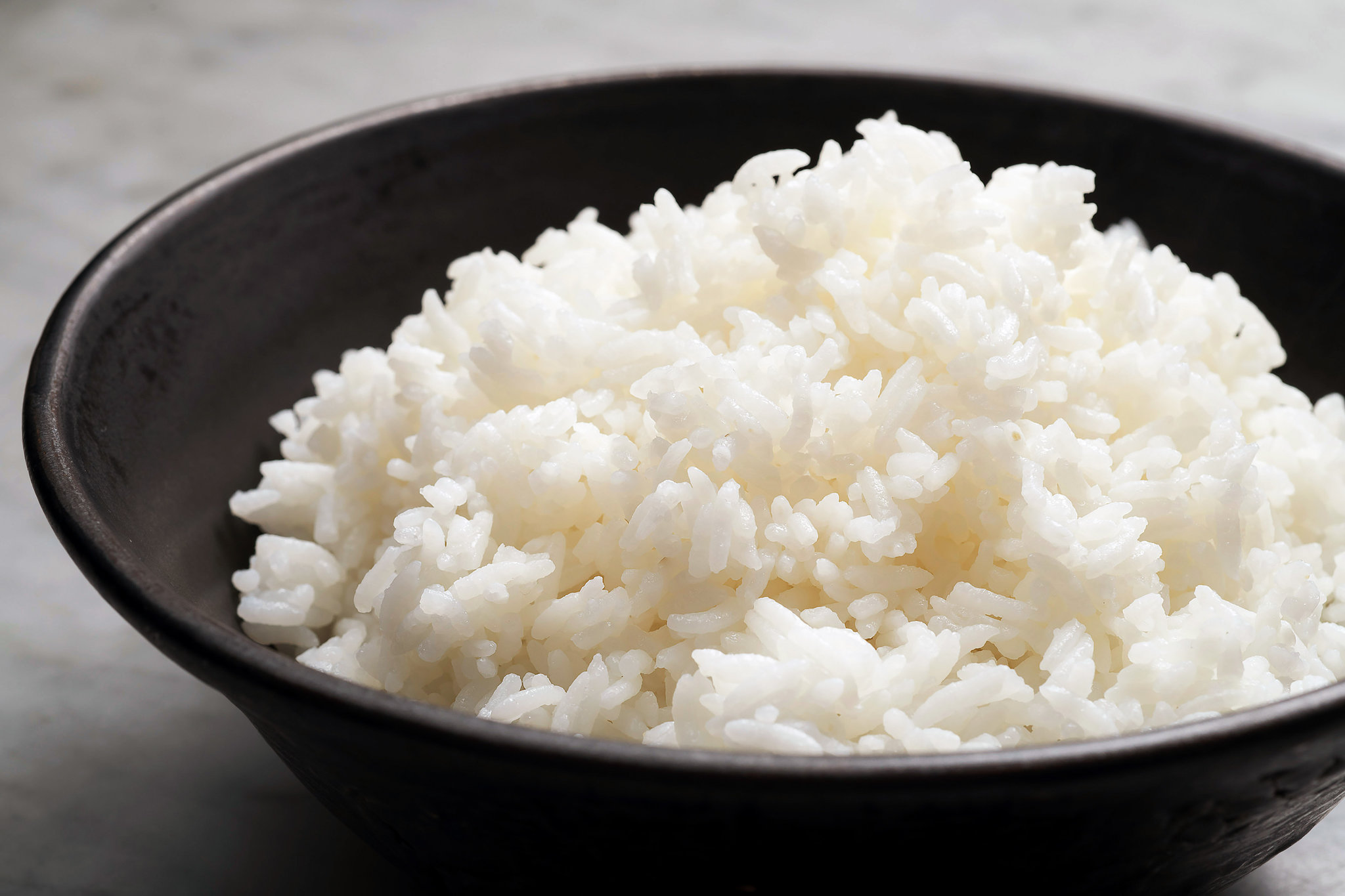zoomacademia.com – Rice is more than just a food staple in Asia—it is a symbol of culture, history, and sustenance. From China and Japan to Thailand and India, rice plays a central role in daily meals across the continent. Many wonder why rice is so popular in Asia and how it became the foundation of Asian cuisine. In this article, we will explore the cultural, historical, and nutritional reasons behind the deep connection between Asian people and rice.
1. Rice as a Historical Staple Crop
One of the primary reasons for rice’s prominence in Asian diets is its long history as a staple crop. Rice cultivation began in Asia over 9,000 years ago, with archaeological evidence pointing to the Yangtze River Valley in China as one of the earliest regions to domesticate rice. Over centuries, rice spread to other parts of East, Southeast, and South Asia due to its adaptability to the continent’s diverse climates and terrains.
In many Asian countries, the geography and climate are ideal for rice farming, especially in regions with abundant rainfall. The nutrient-rich soils of river deltas and floodplains, such as those found in Vietnam’s Mekong Delta and India’s Ganges Plain, have made rice a reliable and productive crop. Its ability to feed large populations with high yields solidified its place as a cornerstone of Asian agriculture.
2. Cultural Significance of Rice
In many Asian cultures, rice is more than just food—it holds deep cultural and spiritual significance. In China, for example, rice is associated with prosperity, health, and longevity. It is often given as an offering during festivals or to honor ancestors. Similarly, in Japan, rice is closely tied to religious ceremonies, such as the Shinto ritual of offering the first rice harvest to the gods as a gesture of gratitude.
In South Asia, particularly in India, rice plays an important role in both religious and cultural practices. It is often used in weddings, where rice grains are showered on the couple as a symbol of prosperity and fertility. The reverence for rice across various Asian societies stems from its historical importance in sustaining communities, leading to the development of unique rituals and traditions centered around it.
3. A Versatile and Adaptable Ingredient
One of the reasons rice is so beloved in Asian cuisine is its versatility. Rice can be prepared in countless ways, offering a wide variety of flavors and textures to suit any meal. Whether steamed, boiled, fried, or made into congee, rice serves as the foundation for many Asian dishes. It is a neutral canvas that pairs well with almost every type of food—vegetables, meats, seafood, and sauces.
In Japan, short-grain rice is used for sushi and onigiri, while in Thailand and Vietnam, fragrant jasmine rice accompanies rich curries and soups. India is famous for its aromatic basmati rice, often used in biryanis and pilafs. Sticky rice, popular in Southeast Asia, is used in both savory dishes and sweet desserts. The adaptability of rice has allowed it to be integrated into a wide variety of culinary traditions across Asia, further cementing its place in everyday diets.
4. Nutritional Value of Rice
Rice is a highly nutritious and energy-dense food, making it an ideal choice for people living in both rural and urban areas. While white rice is more common, many varieties, such as brown, red, and black rice, offer additional health benefits due to their higher fiber, vitamin, and mineral content.
Rice is also naturally gluten-free, making it suitable for individuals with dietary restrictions. In regions where food security has been a concern historically, rice provides a reliable source of carbohydrates that fuels the body and helps people stay active and healthy. Its ability to sustain large populations with relatively minimal inputs has made it a key component of food security in Asia.
5. Economic and Social Factors
The affordability of rice is another reason for its widespread consumption. In many Asian countries, rice is inexpensive and accessible, even to lower-income households. Historically, rice farming has been a major economic activity, providing livelihoods for millions of people. In countries like Thailand and Vietnam, rice is a major export product, contributing significantly to the national economy.
The social aspect of eating rice also plays a role. In many Asian cultures, meals are often shared, and rice is typically served family-style in a communal setting. It is an integral part of social gatherings, where multiple dishes are served alongside rice, emphasizing its role in bringing people together. Whether it’s a simple home-cooked meal or a celebratory feast, rice is always present.
6. Rice as Comfort Food
For many Asians, rice is not just a staple—it’s comfort food. Growing up with rice as a central part of daily meals creates an emotional attachment to the grain. Whether it’s a bowl of plain steamed rice or a more elaborate dish like fried rice or rice porridge, many Asians find a sense of familiarity and warmth in rice-based dishes. This emotional connection, built over generations, keeps rice at the heart of Asian kitchens.
Conclusion
The love for rice in Asia is deeply rooted in its history, culture, and nutrition. From its ancient origins as a staple crop to its present-day role as a culinary and cultural symbol, rice has shaped Asian societies in profound ways. Its versatility, affordability, and nutritional value make it a natural choice for millions of people across the continent. Whether it’s part of a simple meal or a festive banquet, rice continues to hold a special place in the hearts and homes of Asian people.
This enduring relationship with rice is a testament to its significance, not only as a source of nourishment but also as a unifying element of Asian identity and tradition.







